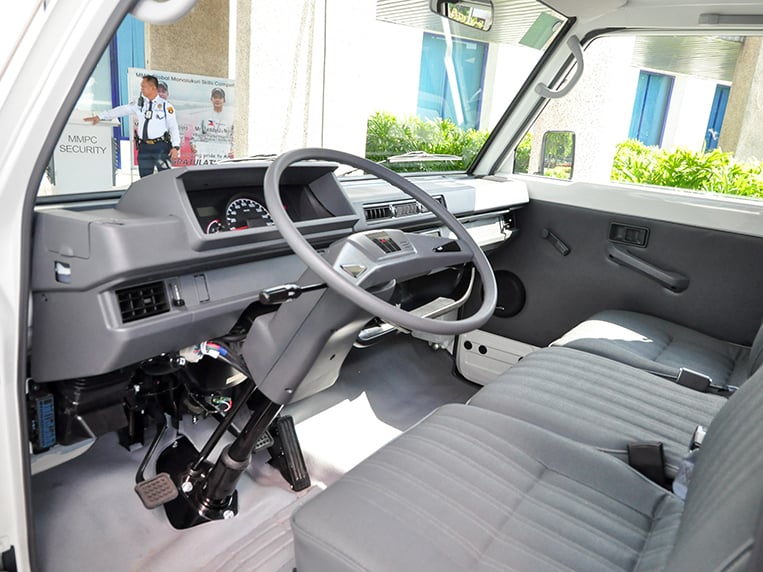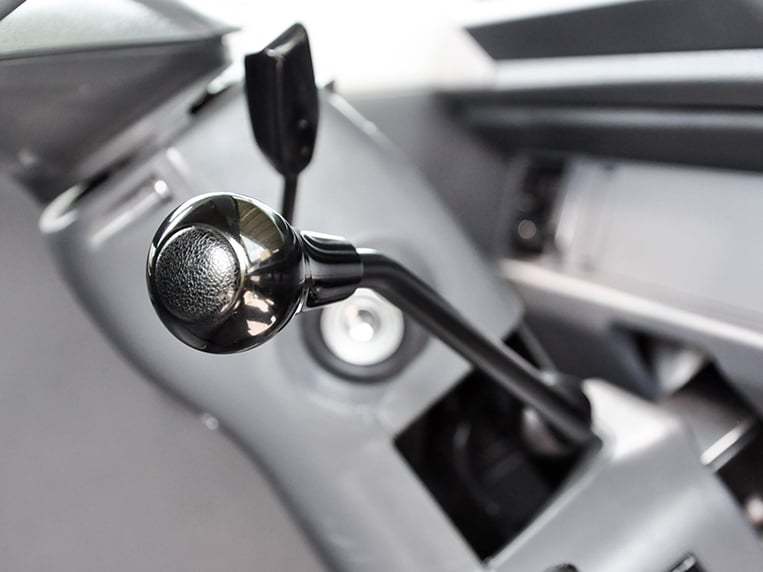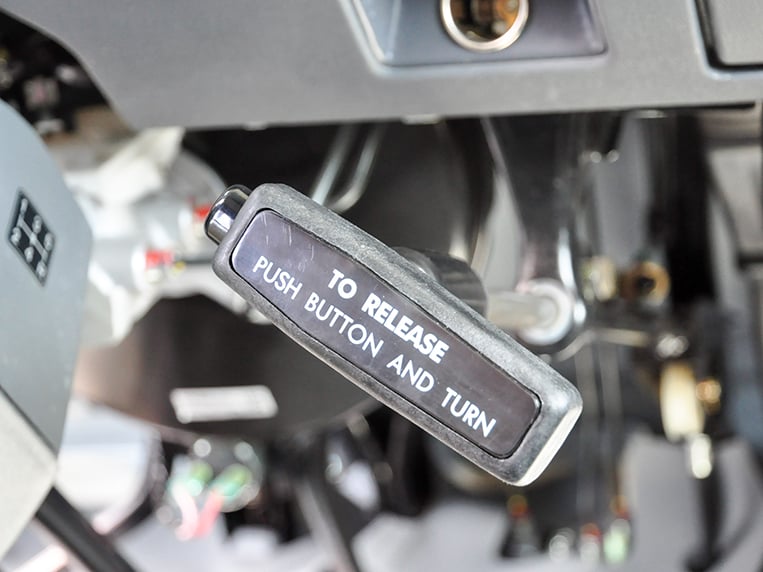
Yes, there’s a “new” Mitsubishi L300. It’s got a chin spoiler. And a new chrome grille. And a USB slot in the audio head unit. And a more elevated (+100mm) cab height. And an engine that wouldn’t exactly be put to shame by today’s turbodiesel mills.
But that’s basically what makes the classic L300 supposedly new. Everything else appears to be the same old workhorse that’s loved by courier fleet managers and small businesses. The cab, the column-mounted gearstick, and much of the front fascia remain the same. Still no power windows, no power-adjustable mirrors, no tachometer.


Admittedly, the outgoing 4D56 engine was not the greenest one out there. Shift too early and clouds of sooty smoke came out of the exhaust pipe. More importantly, it was good for only Euro 2 emissions standards, now outlawed by DENR Administrative Order 2015-04. So Mitsubishi has updated it with something that satisfies cleaner Euro 4 requirements.
The new 4N14 engine is quite a fancy upgrade. It has a modern common-rail direct-injection fuel system and also a turbocharger. The power and torque figures are quite modest even for a high-tech turbodiesel like this: 98hp and 200Nm. But we suspect that Mitsubishi has specifically tuned the 2.2-liter four-cylinder this way for the sake of durability. In theory, an engine that isn’t maxed out in terms of power ends up lasting longer.


That said, the addition of a turbocharger spreads out the torque curve over a wide rev range. While the old 4D56 was peaky when it came to delivering maximum pulling power, all 200Nm of twist can be had in the 4N14 from as low as 1,000rpm all the way to 3,500rpm. But again, this “new” L300 doesn’t come with a tachometer, so only God knows how fast the engine is spinning.




But all this talk of numbers won’t really impress the vehicle’s target customers. No UV Express driver or door-to-door delivery guy will give a shit about a spec sheet. He or she will just hop into the L300 and use (and abuse) it. So the more appropriate question is this: Can the new engine make the L300 haul ass?
Driving the updated L300 against its old-school version was quite a revelation. Not only was the 4N14 accelerating harder, the gear ratios in the five-speed shifter took advantage of the bump in performance. The 4D56’s transmission had a very short first gear: It was almost like a crawler gear, meant to simply prevent the engine from bogging down in second at low speed.





The gearbox mated to the 4N14 has more evenly spaced ratios. Although the first gear is a lot longer, the flat torque curve means acceleration is linear and stable. The next four gear ratios appear to be lengthened as well, maximizing the use of all available torque. While we weren’t able to take the L300 up to expressway speeds, we felt like this vehicle should be able to do 100km/h at a relatively lower rpm.


The acquisition cost of the updated L300 does come with its own bump in price: P804,000 for the bare cab-and-chassis variant. But that’s okay. Apart from the engine, the L300 is still the same reliable machine that everyone knows from the not-so-distant past. It’s a familiar face, a common sight and a well-known icon. You just can’t put a price on that.











Comments